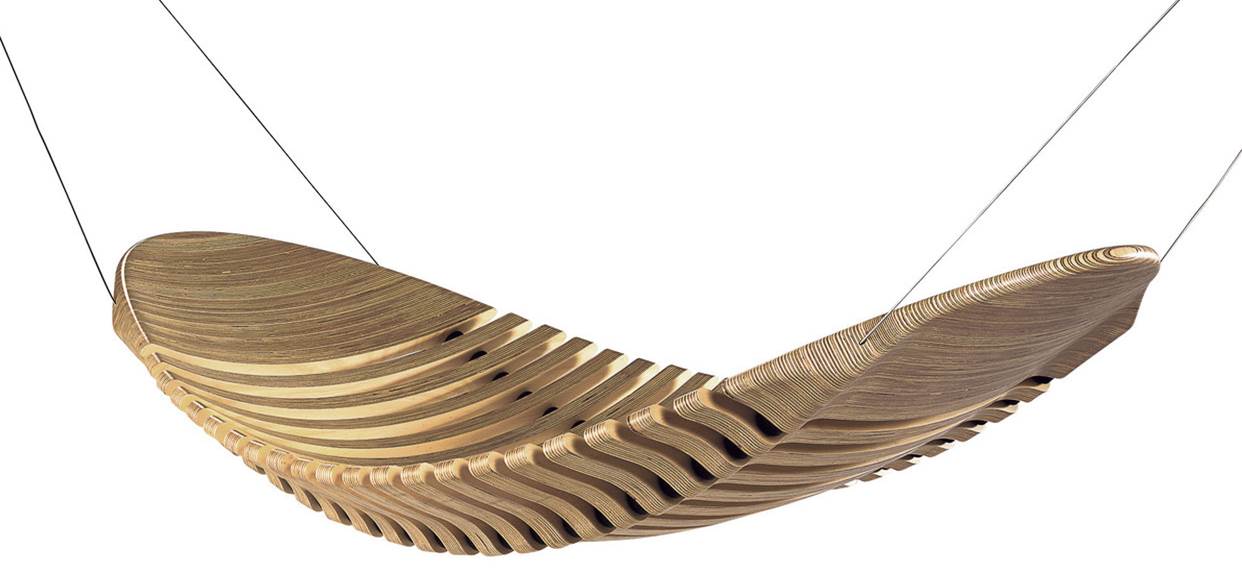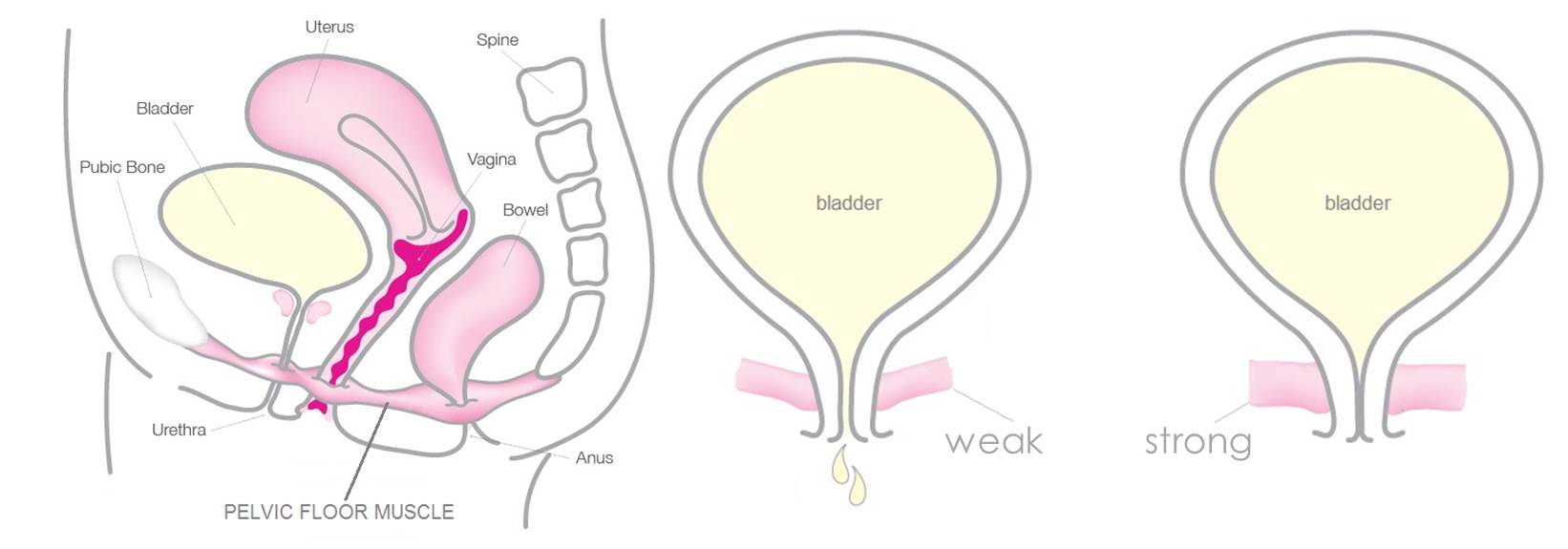Pelvic Floor Muscle Weakness
Your Pelvic Health | Discreet Pelvic Floor Exerciser | Features & Benefits | Discreet Science | Reviews | FAQs | Buy Now
What is the Pelvic Floor Muscle?

The pelvic floor muscle (Pubococcygeal) is a large group of muscles suspended across the pelvis like a hammock.
It supports your entire abdominal content; reproductive organs, bladder and bowels, and plays a major role in the correct functioning of them all. It also controls vaginal secretions as well as sustaining your feminine health.
Because your pelvic floor muscle plays such a critical role in managing your everyday bodily functions, it is vital to protect, preserve and maintain its health. Like every other muscle in the body, the pelvic floor muscle gets stronger when it’s exercised.
Regular stimulation and effective pelvic floor exercises will help to strengthen these essential muscles and increased muscle tone and vitality can bring additional benefits.
The recommended daily minimum of 350-450 kegel exercises means that the traditional manual ‘squeeze and release’ method is almost impossible to achieve, not to mention exhausting for most women.
The technique is also difficult to perfect, and in most cases is executed inaccurately or too infrequently to make a sufficient difference.
What causes pelvic floor muscle weakness?

Some women are born with weak pelvic muscles, but pelvic floor muscle weakness is most commonly caused by having children. Hormonal changes in pregnancy make the fibres that hold your muscles in place more flaccid.
When you’re pregnant, natural weight gain, and the added weight of your baby put an extra load on your pelvic floor muscles, causing them to fatigue more easily.
The trauma of childbirth also has a significant impact, especially with large babies; prolonged pushing, forceps and ventouse (suction) deliveries can all cause muscle damage and it is quite usual for the pelvic floor muscle to be stretched, torn or cut.
Even if you have a caesarean delivery, having been pregnant for 9 months your pelvic floor muscle can still be weakened.
Recent studies have identified almost half of young women, without children are also at risk due to prolonged or excessive exercise, infection and obesity.
If giving birth doesn’t create an unmanageable problem, then oestrogen loss prior to and during menopause can also cause pelvic floor muscle weakness or exaggerate an underlying problem.
Usually between the ages of 35-54, women suffer a general decline in hormone levels that can cause changes to internal tissues. This leads to insufficient production of vaginal fluids, resulting in painful intercourse, increased risk of pelvic disorder and diminished libido.
The most unavoidable cause of pelvic floor muscle weakness is natural atrophy (muscle deterioration) which occurs as a result of ageing.
Effective exercise provides a simple, rapid solution to pelvic floor muscle weakness

